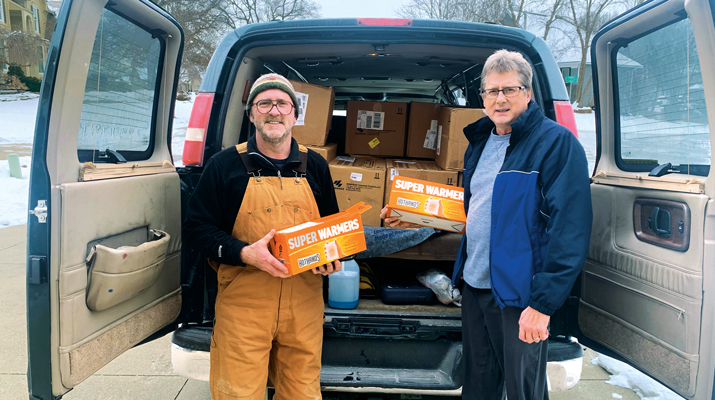Are you compromising safety for the sake of protecting gallon sales?
As many of you know, I have been monitoring a situation since last summer when a 500-gallon tank was up against the wall of a convenience store, with the propane utilized to heat the building and fill cylinders.
It was an accident waiting to happen.
I referred to it in the August 2013 column “Safety in your backyard,” describing the situation as follows:
There were serious housekeeping issues, which included gasoline and kerosene tanks next to the propane tank along with debris, plastic, old batteries, discarded 20-pound cylinders and a pile of bamboo fishing poles. Then I noticed the 500-gallon tank against the wall of the store. The cylinder-filling cage thankfully contained a scale, but it was unprotected and rusty. There was one shutoff – a ring on a cable to shut off the belly valve, but it would be inaccessible in a problem situation. To make matters worse, there was a dumpster about 3 feet from the tank, and you could see a big rust mark where the dumpster had been hitting the end of the tank. Then I began to notice the traffic behind this store, trucks pulling boats coming around the unprotected corner, cars headed for parking spaces and kids on bikes.
What seemed to be a simple situation easily corrected became a cauldron of ignorance, consternation and appeals for compromise. The gas supplier essentially said the store-owned tank was not its responsibility, yet it continued to deliver to the situation. The local volunteer fire authority gave the store a variance. When the state fire marshal’s office got involved, it too was pressured to compromise.
With all of that resistance, it is nothing short of a miracle that I am able to report that the tank has been moved 10 feet from the building and is protected. It only took one year for the store to act.
I retell this story and report on the successful conclusion because I am willing to bet that every propane company has some similar safety situation with a customer that is not up to code, resisting compliance under threat of losing the load.
In my case, I went to the gas supplier, the owner of the convenience store and the volunteer fire department. After that, the situation seemed to take on a life of its own. Once the state fire marshal’s office got involved, it became a game of cat and mouse with regard to compliance. To its credit, the state fire marshal’s office did not back down and the code was enforced.
Of course, I am given credit for the cost and inconvenience of having the tank moved, and I am frequently called a seven-letter word beginning with “A” by local townsfolk and even the gas supplier. How dare I question their backwoods wisdom founded in ignorance? Who do I think I am?
I am a safety leader and an advocate for the safe distribution and use of propane. So are you.
As safety leaders and advocates, we are not saintly cynics looking for technicalities to exploit; that is the job of the plaintiff’s attorney. In the propane industry, we all own the responsibility to advocate propane safety, especially in situations that have potential for catastrophic consequences.
As a longtime member of the NPGA Technology, Standards & Safety (TS&S) Committee, I have learned over the years to listen to reasons for compromise. I have witnessed and been a part of many discussions that result in code-change recommendations.
In that time, I have learned to be more tolerant and respect the opinions of others while advocating my personal safety opinions.
At your next safety meeting, I recommend that you discuss the problems and design solutions that advocate profitable results through safety leadership. It’s the safety way.
Jay Johnston is an insurance executive, management consultant and inspirational safety speaker. He can be reached at jay@thesafetyleader.com or 952-935-5350.
















